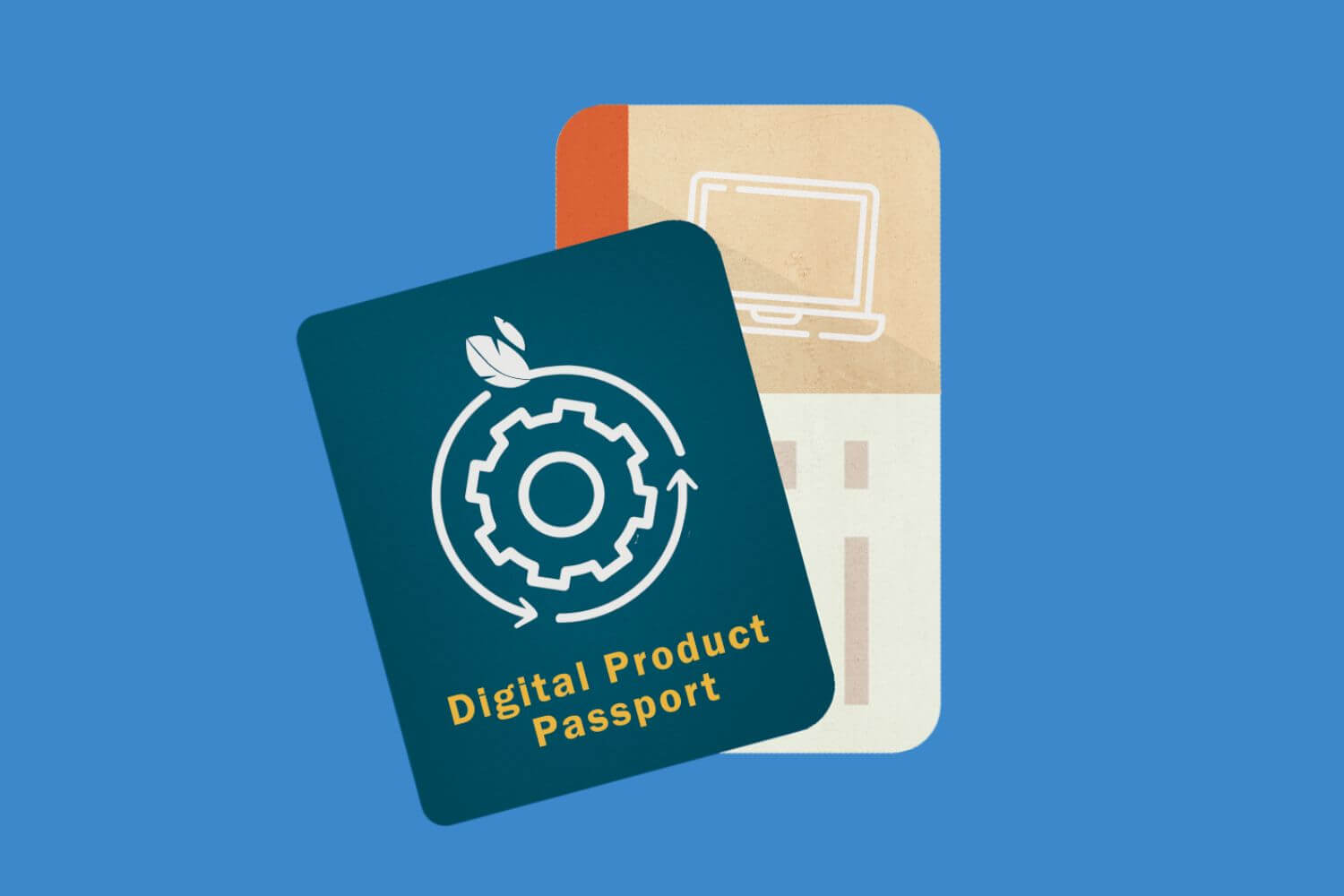Ecodesign 2021
In a first round, the ecodesign regulation for the following products has changed from 1 March 2021 (in parallel with the new energy labels):
Changes as of 1 March 2021
In a first round, the ecodesign regulation for the following products has changed from 1 March 2021 (in parallel with the new energy labels):
• refrigerators;
• washing machines and washer-dryers;
• dishwashers;
• electrical displays and televisions.
The changes can be divided into the following two groups:
(1) Energy efficiency requirements
These provisions specify the new requirements that manufacturers must meet when designing and manufacturing products. These requirements also constitute the basis for the new energy labels (this is why the new energy label and ecodesign regulations for a given appliance enter into force at the same time). One such rule is the establishment of the EEI, i.e. the overall energy index, which also forms the basis for the energy class classification.
(2) Resource efficiency requirements
In line with the circular economy objectives, each new ecodesign product regulation also contains so-called resource efficiency requirements (in the annexes to the respective regulation).
Of course, these requirements vary from product to product, but for each regulation they impose the following main obligations on manufacturers:
(i) Availability of spare parts The product regulation for each appliance specifies the replacement parts that manufacturers must ensure are available for a certain period of time. This period is either 7 or 10 years from the date of putting the last model of the product on the market, depending on the type of appliance and the spare part. Manufacturers must provide information on the spare parts and their availability on their website (this information is required from the date of first placing on the market of the given product model for some parts and from the 2nd year after the first placing on the market of the given product model for other parts).
The delivery time for replacement parts is also set out in the regulations: manufacturers must ensure that the replacement part is available within 15 working days of the order.
(ii) Providing repair and maintenance information to specialized services
Product regulations specify the technical information (e.g. dismantling diagrams, exploded-view diagrams, circuit diagrams and wiring diagrams) that manufacturers must make available to the specialized services for a given product, subject to certain conditions.
The obligation is imposed on manufacturers for a period of 10 years from the 2nd year after the first product model is placed on the market to the 10th year after the last product model is placed on the market, and is only imposed on specialized services. The steps of the registration procedure must be published on the manufacturer’s website for specialized services. In this framework, the manufacturer may ask the professional service company for proof of professional competence and proof that the professional service company has liability insurance covering its activities. Manufacturers may charge a fee for repair and maintenance information, which must be reasonable and proportionate.
If a specialized service submits an application for registration to a manufacturer, the latter must decide within 5 working days whether or not to register. When the manufacturer registers the specialized service, all requests for repair and maintenance information made by the specialized service must be fulfilled within 1 working day.
(iii) Waste management and recycling requirements
Each product regulation also refers to support for the hazardous substances and waste management rules in force that are applicable to manufacturers. So for example, if a heat-pump appliance (e.g. a washer-dryer) uses a fluorinated refrigerant, manufacturers must indicate the refrigerant on the outside of the appliance (e.g. on the back of the appliance) in the form of a name, logo, symbol, etc., without prejudice to the provisions of Directive No 517/2014/EU.
Furthermore, it must be ensured that waste treatment operators are in possession of all the necessary information during the waste processing of the appliance (compliance with Article 15 of Directive 2012/19/EU).
For both repair and waste treatment, it is an important requirement in all product regulations that dismantling of appliances should be feasible using widely available tools.
(iv) Information to consumers
Manufacturers need to provide information on the specific characteristics of the appliance not only to professional services and waste management operators, but also to consumers. These are mainly information to help households to use appliances sparingly and with as little environmental impact as possible. Manufacturers must publish the information on publicly available websites.
Attention! The information provided in points (i) to (iv) above is of a general, summary nature. For individual product types, the product regulations contain product-specific specifications for each point! To see the detailed legislation for each product, you can find the specific product regulations at the bottom of the page.
Click on the image below to watch the related short films of the APPLiA-school:
Relevant legislation:
Ecodesign Directive(2009/125/EC)
New ecodesign rules for refrigerators ((EU) Regulation 2019/2019)
New ecodesign rules for dishwashers ((EU) Regulation 2019/2022)
New ecodesign rules for washing machines ((EU) Regulation 2019/2023)
New ecodesign rules for electronic displays and televisions ((EU) Regulation 2019/2021)
The current ecodesign regulations for other appliances are available here..









